According to Peter Sims, a journalist for the Wall Street Journal, an early Montessori approach is so common among the creative elites of the new economy that he wonders if we should talk about a “Montessori Mafia”.
The educational theory of an extraordinary Italian woman, Maria Montessori, from the last century is definitely on the rise these days, so one has to wonder. What is so extraordinary about this method and why do we feel driven back to it today? Let’s take a look at Montessori’s story and her revolutionary approach to the education of a child.
Who was Maria Montessori?
Maria Montessori was the third Italian woman in Italy to graduate in medicine, with a specialization in pediatrics and neuropsychiatry. Through her work and her scientific approach, first with mentally disabled children, then in the first “children’s home” in a poor neighborhood of San Lorenzo, Maria Montessori developed her revolutionary set of materials, activities, and theories.
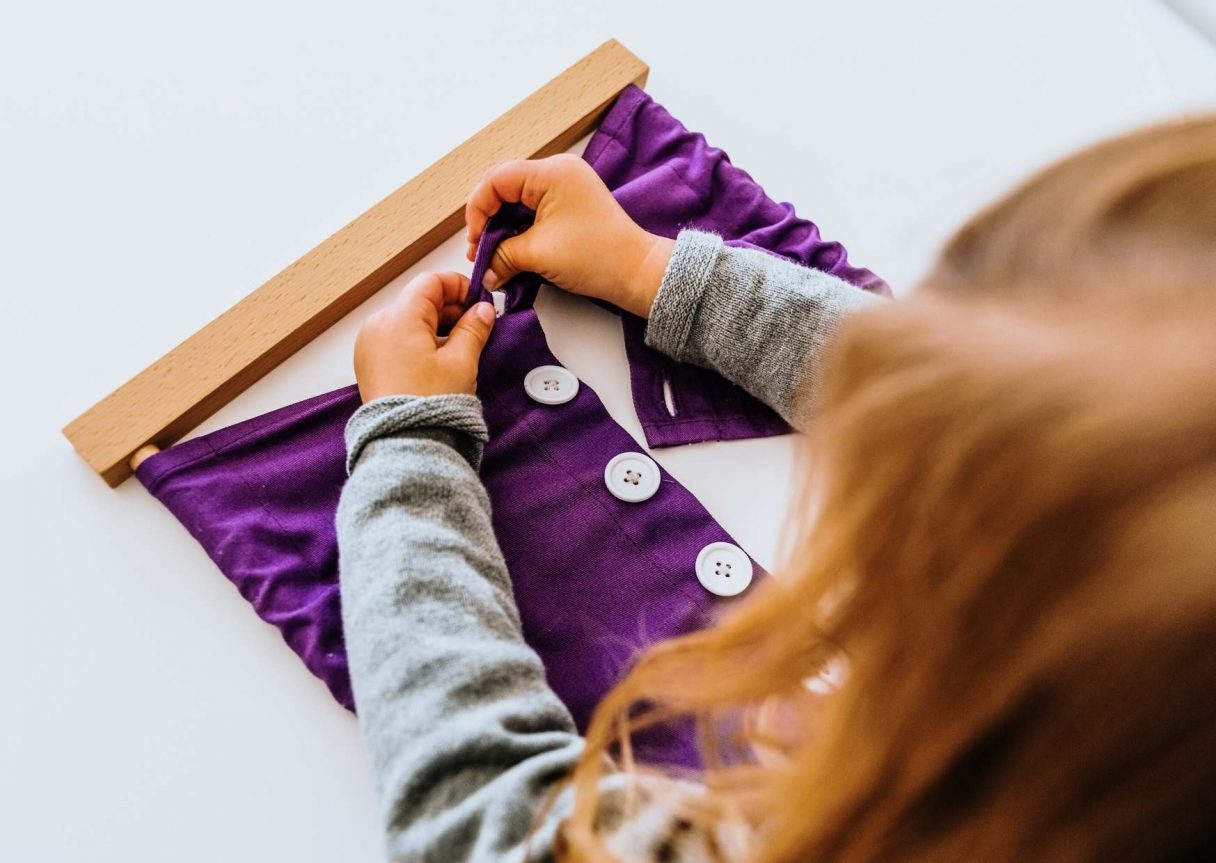
Her most important contribution was to raise awareness among adults about changing their outlook on childhood. Maria Montessori believed that a child is a “person” with skills to develop independently, through discovery about themselves and the world, in a well-prepared educational environment, which allows learning by doing while accompanied by an attentive, patient, responsible, active, and curious adult.
The strength of Montessori’s pedagogy lies precisely in its’ scientific accuracy: Maria Montessori structured her thought, materials, furnishings and the role of the educator from the scientific observation of the child. For this reason, it is easy to find confirmation in the validity of her solutions.
For example, in the first six years of life, according to her theories, the child has an “absorbent mind”, used to quickly gather information and understand their environment and their role in it.
Later on, with technology advancement, synaptogenesis was discovered, and the peak of this incredible process was recognized in the first 4-6 years of life.
In the first years of a child’s life, a well-prepared environment, an aware adult, and suitable material to “play” with, are all that it takes to put a child’s amazing capabilities to good use.
What is the Montessori “play”?
We quote the term “play” because you will hardly find it among the pages of Maria Montessori’s books. It isn’t because, in the Montessori method, games are not contemplated or because children don’t get the chance to play in the sense in which we all imagine, but rather because the meaning of the word “play” can lead to misunderstandings of the action of the child. The child carries out his free activities with seriousness: he puts a button in the box to refine his dexterity, just as he stacks the cubes of the “pink tower” to experiment the concept of “big” and “small”. Through the use of his hands a child creates his intelligence, so much so that Montessori defined the hand as a “psychic organ”.
Because free choice is a crucial part of the Montessori approach, everything must be previously arranged and within reach of the child: it is necessary to think about the design and the setting up of an identifying container (tray or box) that contains everything needed to carry out an activity, after which a place must be chosen to store everything, so that it is visible and reachable, independently, by the child.
9 Montessori games
Here are a series of Montessori games and activities that a child can also play at home. In schools, they are divided and grouped by areas of interest: practical life, fine motor skills, sensory, plastic art, cosmic education, reading, writing and mathematics.
Pouring
Pouring is one of the activities that children love the most (especially those between the first year and 3 years of age). At first the transfer is done with the hands, then with a spoon, then with an eyedropper or sponge. The first material to be transferred will be solid and large, then increasingly smaller, or even liquid.

Naming
From 18 months onwards, activities that stimulate linguistic development can be proposed. A three-dimensional object must be recognized and matched to its corresponding image. From the age of 3, a naming tag can be added, which will allow the child to become familiar with the corresponding graphic sign.
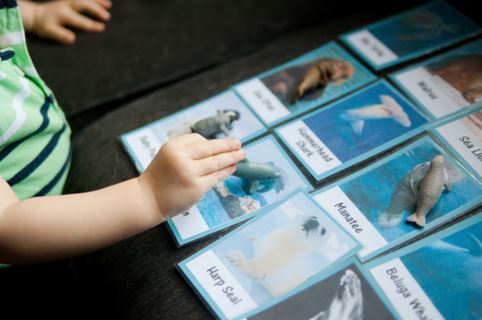
Practical life activities
This category includes all those actions that help a child develop autonomy and self-care: washing hands, setting the table, washing a glass, caring for a plant, squeezing citrus fruits, lacing, sieving, etc.
Pre-writing Activities
Using a tray with cornmeal, a series of pictures with abstract traces or graphic signs (letters or numbers). The child reproduces inside the tray the mark on the chosen tag.
Shapes and Colors
A carpet and some geometric shapes or solid colored cards are needed. Once the shape (or color) has been chosen, place the object in a corner of the carpet, and the child will have to look for ten objects with the same shape or color in the surrounding environment.
Many materials, games, rituals, and furnishings are wrongly attributed to Maria Montessori: sometimes only because they are made of wood, other times because they resemble or recall scientific materials designed by her. Precisely and for this reason, it is very easy to find strange phrases like “Montessori Christmas tree”, “Montessori sensory panel or board“, or “Montessori calm jar“. It is necessary to clarify that there are scientific materials that Maria Montessori created and tested, and she speaks about them in her texts (she describes in detail their appearance, characteristics, purposes, and uses) and others that are not, but which can be defined as Montessori-inspired if they respect certain characteristics, that are:
-the beauty and attractiveness of its appearance and the use of high-quality material;
–the self-correcting nature of the material, i.e. a material that can be used to self-correct the error;
–quality isolation, i.e. when each material allows the child to concentrate on one quality at a time, not to be confused with, for example, the pink tower, which teaches size and will consist of wooden blocks that differ only in size and not in color;
-scientifically appropriate reproduced images.
The material on display in the Montessori rooms draws the interest of the child to carry out activities individually or in small groups if and when they feel the desire. The Montessori material has a precise presentation for a purpose: to encourage concentration and to prevent the dispersion of energy. Below are some examples of Montessori scientific materials, the classic material developed by the scientist herself.
Montessori Alphabet
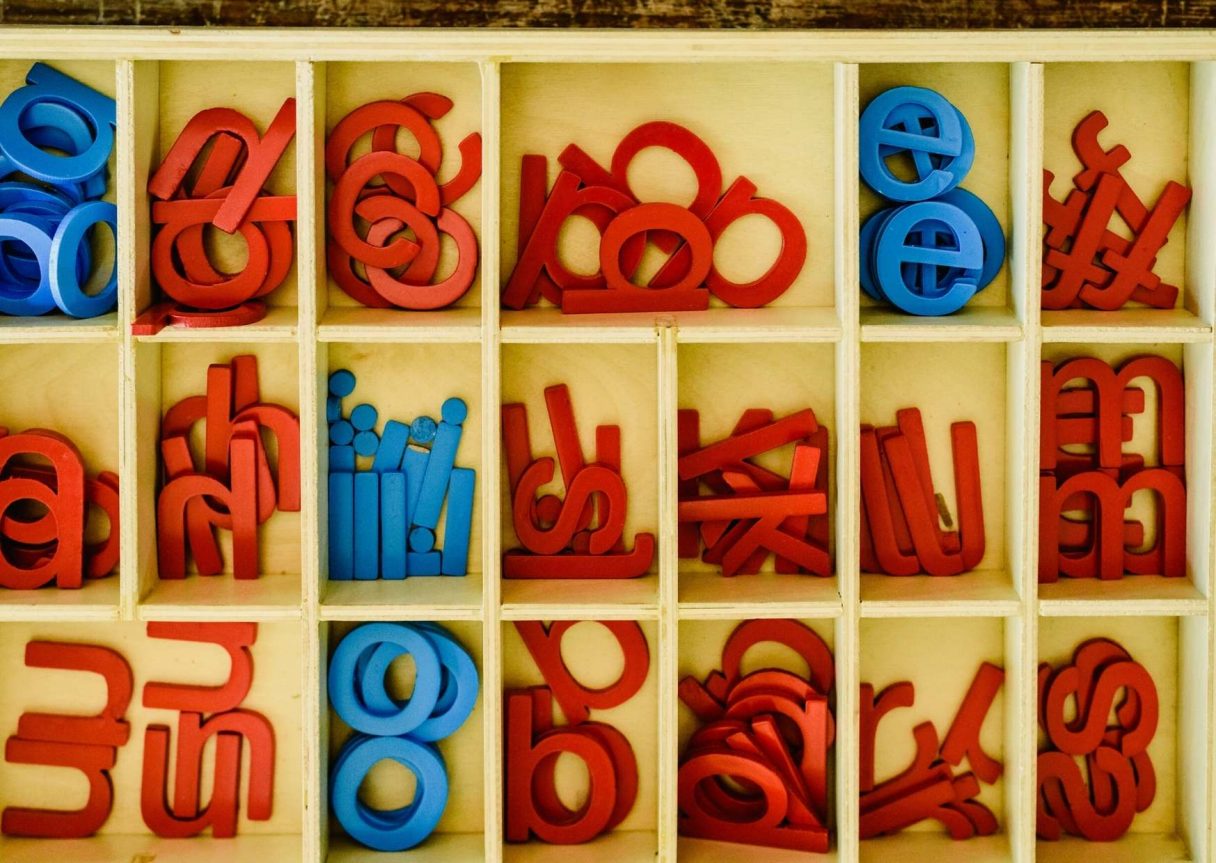
It is a box containing all the letters of the alphabet in several copies, divided into individual compartments. The letters are in wood and painted in two different colors: red for vowels, blue for consonants. With these letters, children experience the first word constructions.
Montessori Pink Tower
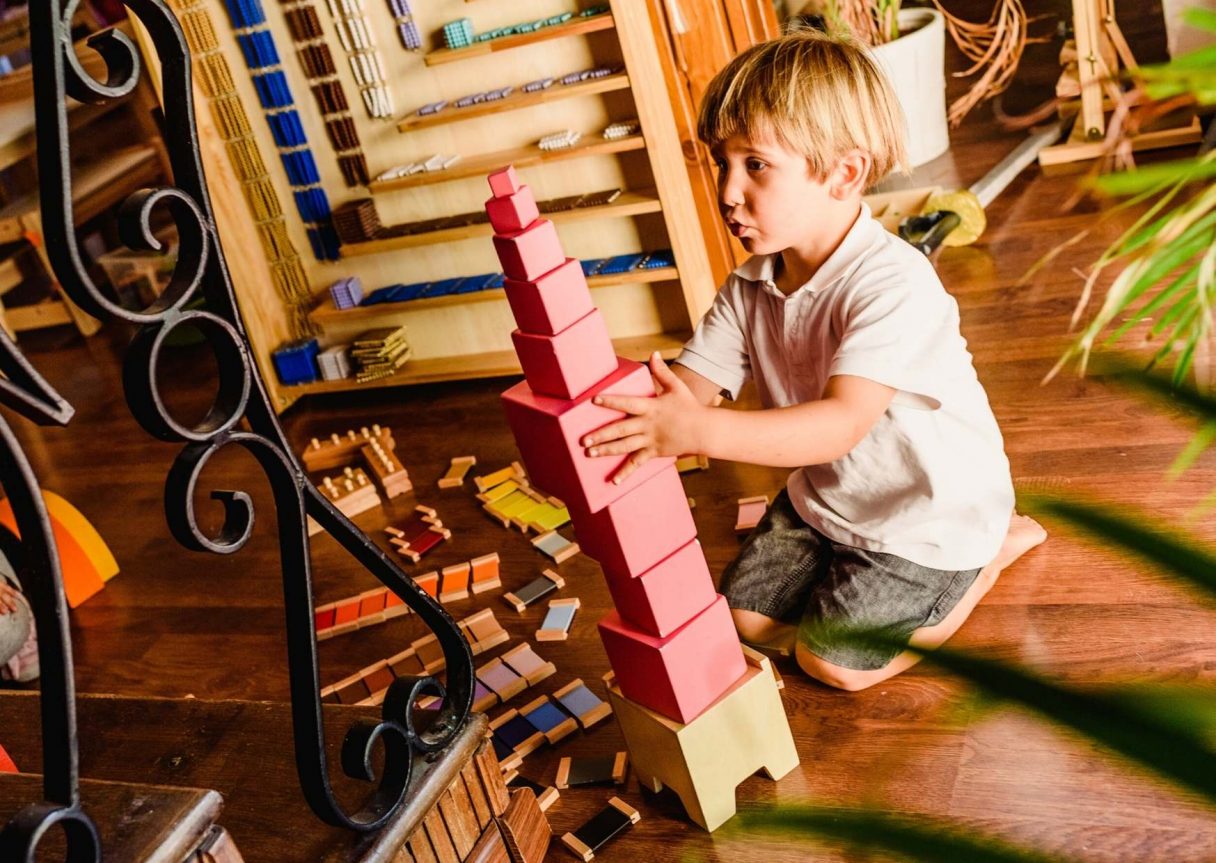
Ten cubes, all in the same color, made of wood, which bring the child closer to the concept of big and small from the age of 18 months. The relationship between the cubes is scientific: the smallest fits exactlyten times into the largest, and without being aware of it the child is trained to work on the decimal scale from an early age.
Fittings
A series of flat geometric shapes equipped with a central knob (in this way they are easily graspable and transportable on the sheet) and contained within a square frame. They initiate the child to draw, manage contours, pencil control, and space on the sheet. It is a prescriptive and preparatory material for free drawing.
Mathematic Pearls
In order to bring children closer to mathematics, Maria Montessori chose the pearl; a precious, rare material; this helps us to understand the love that the Doctor reserved in choosing the material for her children and how much their intellectual growth was precious to her. The pearls are untied to count unity, tied “like a stick” to treat the tens, “like a cube” to show the hundreds, they become a “chain of 1000” and remain hanging in the classroom to shine and attract children from 3 years of age.
These and other materials require an in-depth study by teachers so that they can be used for teaching. It is certainly not recommended to use them improperly, for example at home or in another unsuitable place.
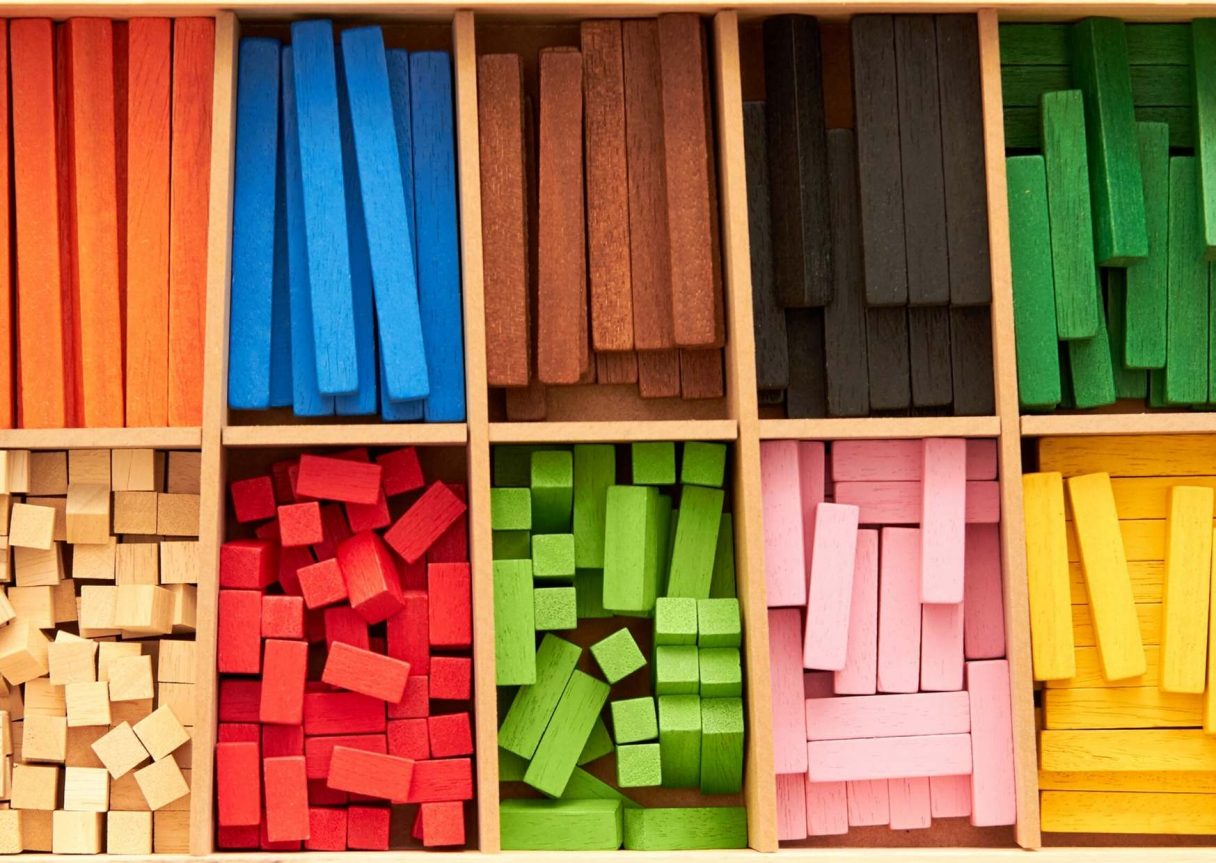
How are Montessori schools?
A child up to 3 years of age is considered an “explorer child” who needs to discover their environment with the use of their five senses. The materials proposed should be beautiful, fascinating, and made with natural materials and “strong characteristics” such as wood, ceramics, glass, and metal. The experiences that children will have in this period of life will lay the foundations for their growth. Their sensory vocabulary will also become wide and rich as a result of the frequency and quality of the child’s lived sensory experiences. Adults will have to perceive themselves as directors or curators of the environment more than animators or entertainers and be kind, loving, and discreet.
The characteristics of Montessori’s learning, i.e., free choice, materials used, and self-directed learning do not cease to be present while continuing the school curriculum.
Children from 3 to 6 years of age experience kindergarten, which Maria Montessori called the “children’s home”, a privileged place to give order to the information collected from the environment in previous years. During this period, the child is busy classifying the knowledge and refining the skills acquired in the first three years: manual skills, motor coordination, language, and relationships.
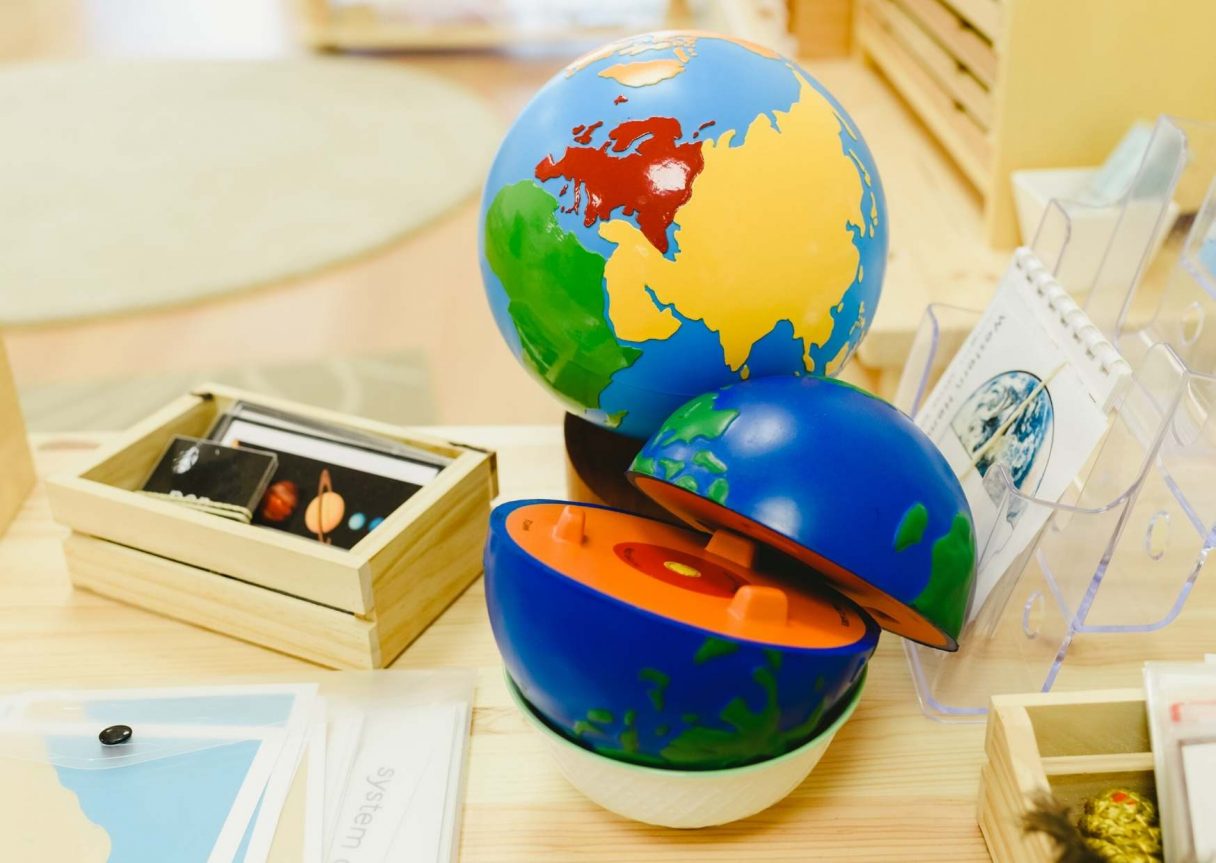
Scientific materials will accompany the child in the deepening of his study: botany, biology, physics, astronomy, as well as writing, reading, and mathematics. The materials will become the link between the teacher and the child, who will not be taught but rather accompanied by a “facilitator” (the teacher) in the conquest for new knowledge.
From the age of 6, the child enters the second period of development: the plan of abstraction. Moreover, 6 years old also marks the entry into the period of cooperation, exchange, and peer relationships. The Montessori method at primary school provides that freedom, autonomy and responsibility are guaranteed to children at every stage of the day. The child will be educated starting from his questions and stimuli coming from his classmates, the outside world, and from the adult, who in this period of development becomes, more than ever, a model and guide.
A feature that seems ordinary in today’s educational environment, but that was revolutionary at Montessori’s time, was the use of child-friendly furniture. Little tables, seats, small sinks and toilets, benches for changing shoes, and so on.
Each element is designed to allow the child as much freedom as possible so that he is free to move around in his environment without the need for adult intervention. For example, the “Montessori bed” is nothing more than a bed at zero height, resting on the floor and thereby allowing the child to choose when and for how long to use his resting area as soon as he is capable of moving.
Montessori houses
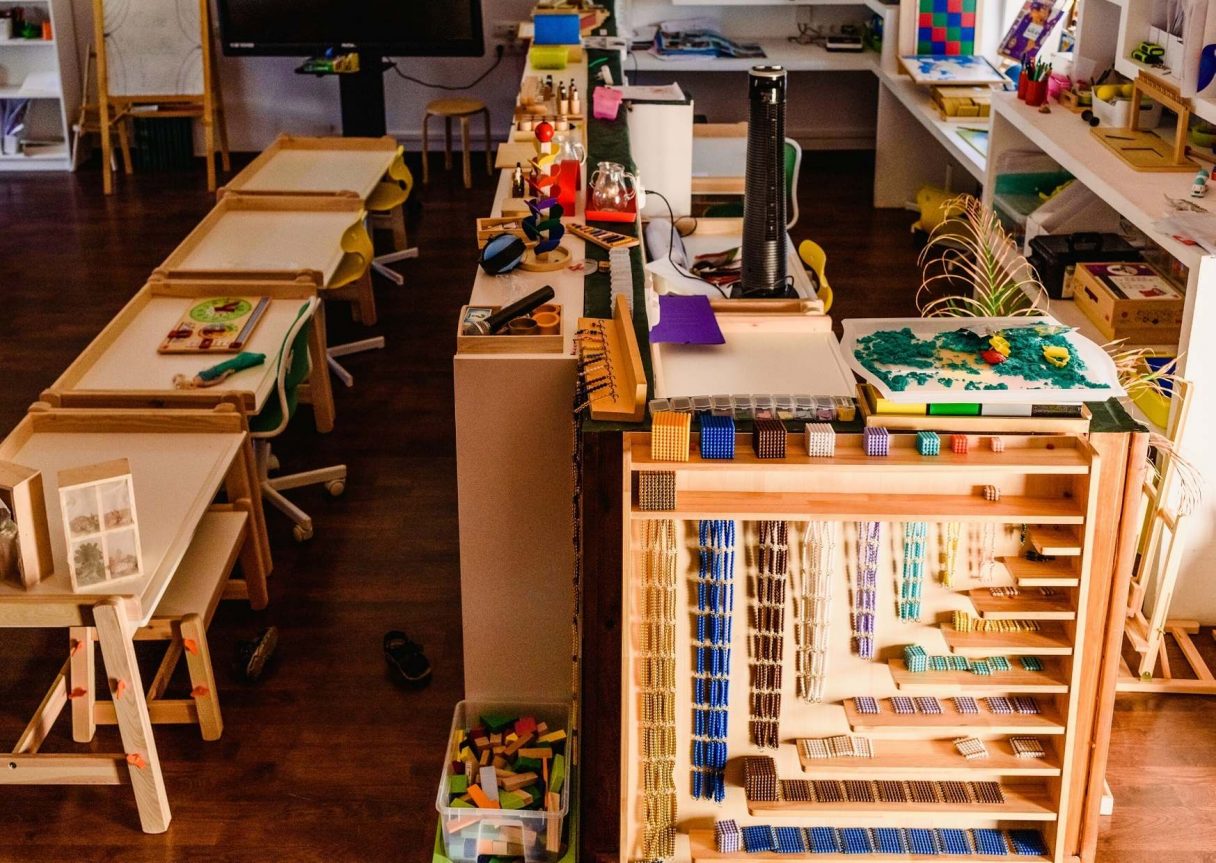
As mentioned at the beginning of the article, the Montessori method defines a philosophy, a look at childhood, and therefore can cover every aspect of a child’s life. The home can become a place to develop autonomy and independence if it is designed and organized in favor of the child. Attention must be paid to the definition of routines, to the management of spaces and to the preparation of materials: children at home do not have to find the Montessori school environment, but a warm domestic environment with everyday objects, materials, and do-it-yourself games. At home, children should make the bed, fold linen, set the table, wash vegetables, cut their nails, sweep, wash glasses, read, draw, iron, water plants, collect leaves in the garden: all domestic activities so they are involved as well as self-educated in independence, responsibility, hand and body control, learn a sense of respect and care for the environment.
When is it appropriate to start a Montessori educational path?
From the very first day of life. In “The secret of childhood”, Maria Montessori’s book in which we can find her ideas about the beginning of life, she claims—it’s evident the need to care for, respect, and protect a creature who possesses all the potential to educate himself if immersed in a welcoming, suitable, and stimulating environment. At the beginning of a child’s life, lays the foundations for all future development in terms of relationships, autonomy, self-esteem, trust, and competence. Maria Montessori calls the newborn a “spiritual embryo” to help adults understand how much a child’s mind, from the first breath onwards, just like the embryo in the womb, needs favorable and facilitating conditions to develop at its best. Montessori teaches us that the child, better than anyone else, can show us the way to be with him/her in the best way.
Montessori cons
We’ve seen so many pros of the Montessori method, are there any cons?
What must be stressed, and which is too often forgotten, is that adopting a Montessori education requires a great deal of commitment, perseverance, humility, and patience: the child must be observed in order to be understood, the environment must be questioned every time it does not appear functional, the adult must be discreet, with a softened judgment, control, and directivity.
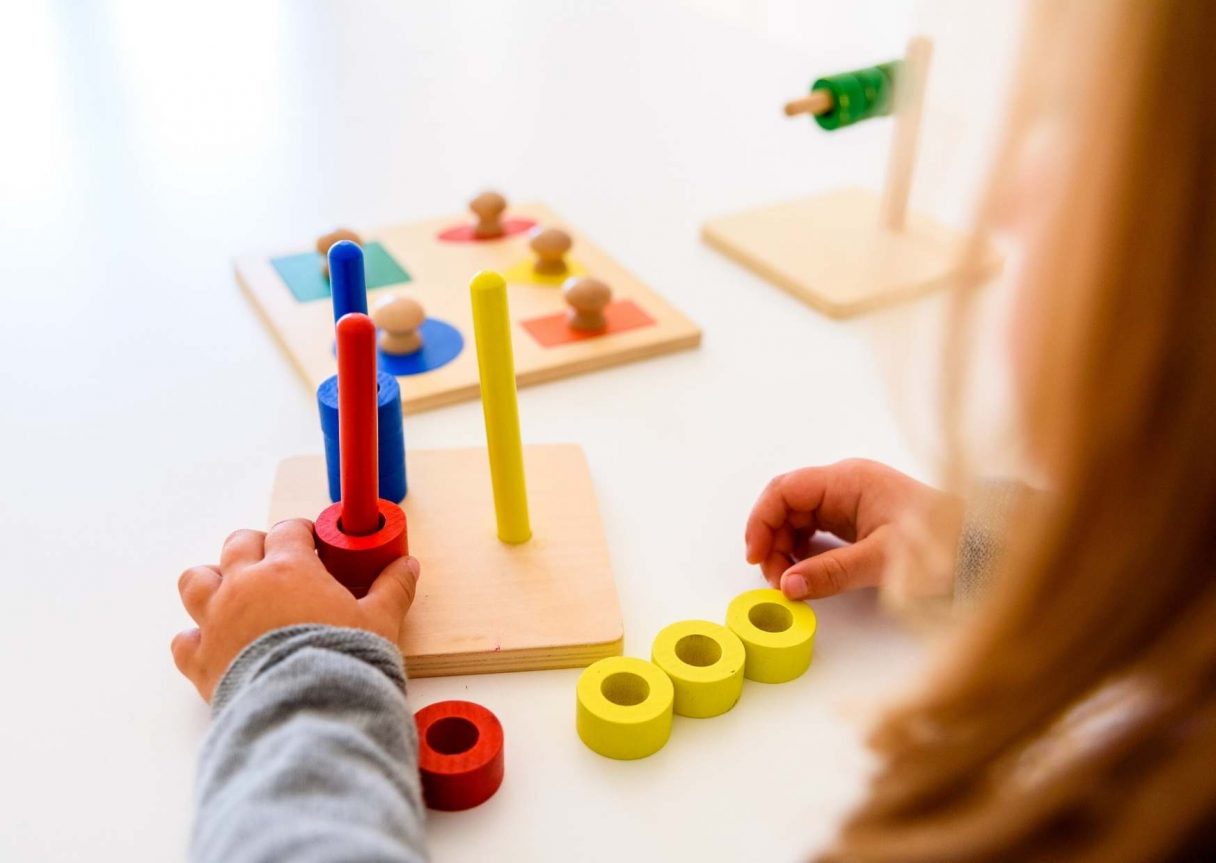
Moreover, another problematic aspect is that Montessori pedagogy, a product of the last century, does not focus its attention either on group work (which today we know is fundamental for the development of “21st-century skills”, such as collaboration, empathy, and conflict management…) or on the relationship between learning and technology.
In today’s scenario, we can’t afford to keep these elements separated from our learning environment. Therefore, if we decide to use a Montessori approach for the education of our children or to include elements of this method in our classes, it is important to remember that these aspects will need to be integrated. Official Montessori schools are catching up by starting some programs to integrate computers in the classroom and respecting the principles common to all of Montessori’s activities.
What are your thoughts about Montessori’s method? Have you ever experienced it as a child or as an adult?
If you have doubts as to which educational approach offers more advantages and need to investigate more, our course The Child First: Montessori, Reggio Emilia System and Contemporary Approaches to Pre-School Education provides a comparative study of different educational theories and methods which can prove to be clarifying.
Please share your impressions and experiences in the comments below! Tell us what you think and please do express your critical evaluations, doubts, or… questions! 😉
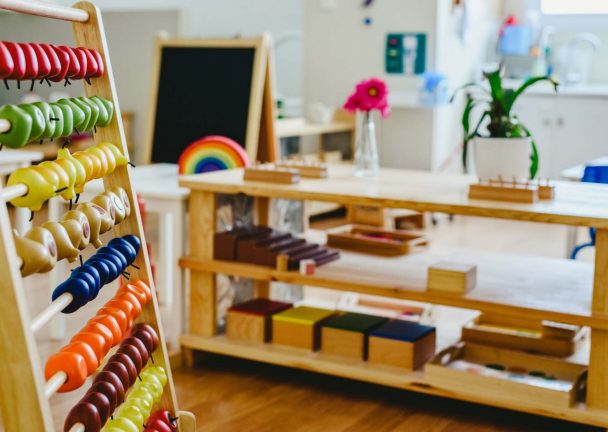

Christina beautifully explains Montessori education. I have worked in a Primary Montessori environment for the past 18 years, as a French Specialist and Assistant Guide. I love the fact that Montessori theory is based on observation and focuses on the whole child– his physical, cognitive, and social development. The presentations on grace and courtesy aid in a child’s social and emotional development. Another wonderful aspect of a Montessori environment is the mixture of ages–younger children are taught and aided by older children, thereby facilitating social interaction.
Thank you Lisa for your impressions on the article!
I began assisting in the Santa Cruz Montessori School in California in 1971, then went to The UK and received my primary teaching certificate in 1973 and have been educating ever since. I have worked in traditional “play-based” preschools and daycares also, but ended up organizing a prepared environment in each situation because the kids thirst for knowledge and skill acquisition far more than pushing a toy car back and forth or pretending to feed a doll. I do add daily groups for teaching singing, dancing, and foreign language, and I do strongly believe children also need daily outdoor imaginary play with running, climbing, yelling and swings, but in my experience, this enhances the Montessori method and does not violate the basic premises. I find it so disappointing that the Montessori method seems reserved for the privileged few and college and university early childhood teacher training departments are so determined not to include it in their offerings.
Yes Hilary, I agree with you, the Montessori method deserves to be known by underprivileged communities and to be enriched by experienced teachers like you who can recognize its weaknesses and create a stimulating environment under every point of view!
The only dis I have about this method it has been made too high end, sadly all schools don’t use it. It should be made accessible and affordable after all it started for marginal communities.
A beautiful description of the method. On the whole though the classroom becomes a community that more naturally gathers together in small groups to solve, teach and learn from one another. Collaboration becomes a natural element for those that seek it in a healthy and diverse community. Now, to be sure that it actually is a healthy diverse community reflecting what we hope for in our communities outside the classroom. There is still work to be done to build inclusive communities. The Montessori environment naturally flexes with the needs of the children, in order to meet the child where they are. Our community as a whole stands to benefit from our work in the classroom when everyone is a part.
Thank you for your feedback Laragene!
I appreciate this article. My son has just started at a Montessori preschool and I am a regular education teacher learning more about the program. I am curious about programs which blend Montessori with other approaches currently. I think it is an absolutely beautiful approach but wonder if it is too prescriptive in a way. Is there ever music in a Montessori class? Are there group discussions, group problems or class projects?
They will do it in circle time. As it has many senior children, who’ve already solved the problem, they help the new younger kids. Most of the time the class room will be silent with kids concentrating on their work.
Mont classes are largely silent.
What a well crafted article. It is so precise and detailed at the same time that any one can understand a lot about Montessori method. It was so helpful to know more about scientific approach behind the method.
I’m longing to get a certification or diploma in Montessori method. But don’t know which institute would be right choices.
I like to share my own idea as I studied 3-6 early childhood Montessori diploma through a complete distance learning institute in Canada. I was able to study according to my schedule and I didn’t feel anything difficult. The Montessori diploma should be available to people through distance learning because it is easy and manageable. I don’t know why people give more importance to those institutes where some part is done by distance learning and for some part they have to go in person for attending the residency. I would be happy to read if anyone want to reply.
Thanks
Christina,
The Montessori Family
appreciates your work to promote and inform people about the benefits of Montessori education.
Sincerely,
Phillip Montessori CEO
Montessori Family Corp.
The article is exahustive and interesting, but the title, beside being low level clickbait, is offensive and has nothing to do with the content of the article.
In order to make the article of a good quality I would recommend to change the title.